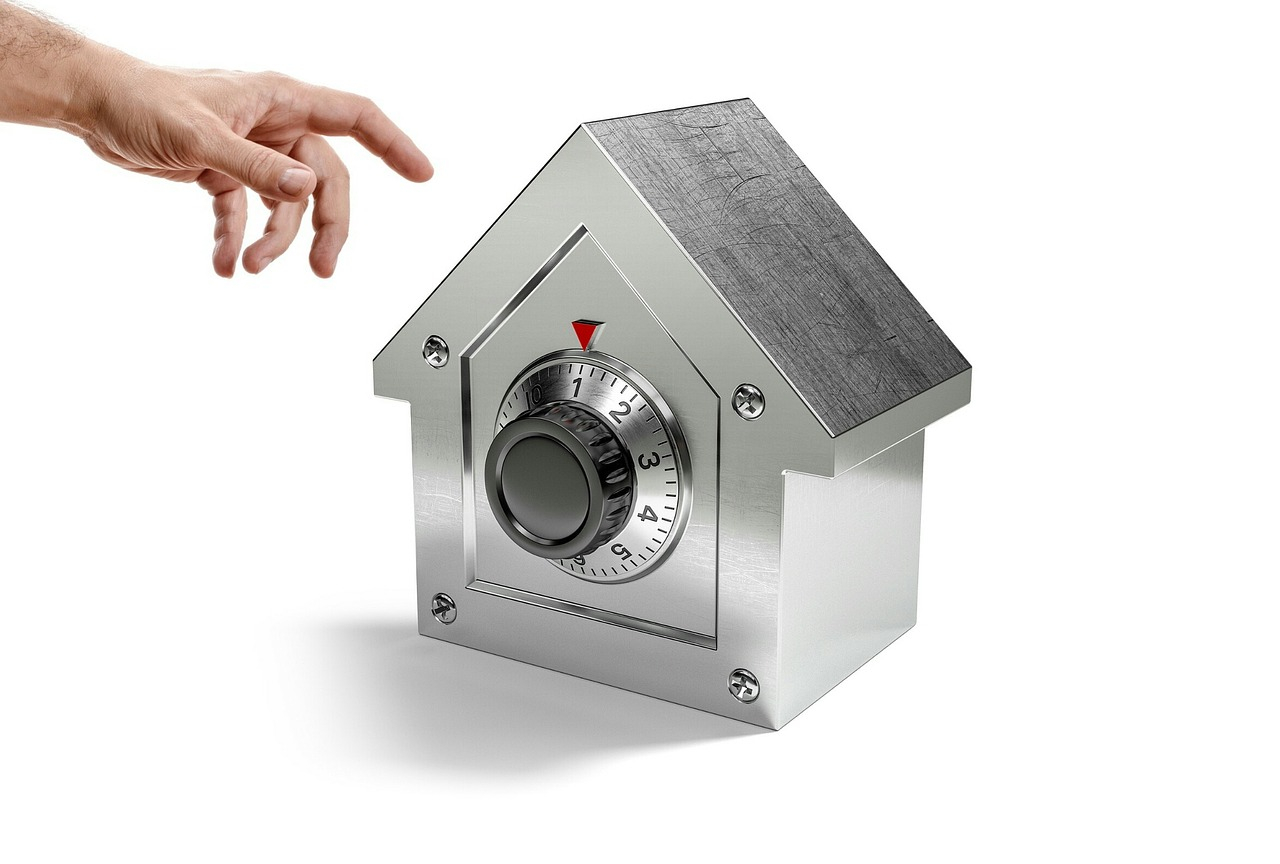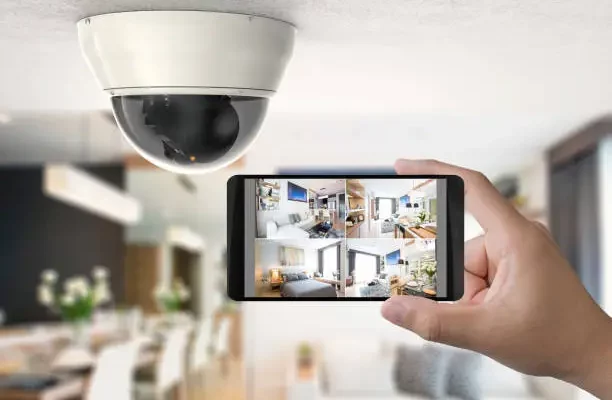In an increasingly interconnected world, security has become a paramount concern for homeowners. Protecting your home and loved ones is a fundamental human instinct, and in the digital age, it has taken on new dimensions. While the threat landscape has evolved, so have the tools and strategies available to safeguard your home. This article explores the intricacies of choosing the proper security measures for your home, helping you make informed decisions to create a safer living environment.

Assess Your Needs and Risks
Before selecting any security measures, assessing your unique needs and risks is crucial. No one-size-fits-all solution exists for home security, as different homes and families have distinct vulnerabilities. The location of your home plays a significant role in assessing risks. Homes in high-crime areas may require more security than those in safer neighborhoods. In this case, you may even consider owning a gun to enhance your home security. Still, it’s essential to approach this decision with careful consideration and awareness of both legal and practical aspects. Consider investing in a bedside gun safe to store your firearm securely when not in use, especially if you have children or visitors in your home. Additionally, it’s essential to research and adhere to all local, state, and federal laws governing firearm ownership and use.
Furthermore, consider your type of dwelling. A single-family house, apartment, or condominium each presents different security challenges. Consider the physical layout of your home and any shared spaces. The number of family members, their ages, and any special needs should factor into your security assessment. High-value items in your home, such as expensive electronics or heirlooms, may make your home a more attractive target for burglaries. Your daily routine and habits can also impact your security needs. For instance, frequent travel or extended periods away from home may require additional measures. Your budget is a practical consideration. Home security can range from affordable to high-end, and finding a balance that suits your financial situation is essential. By conducting a thorough risk assessment, you’ll have a clearer picture of the security measures most relevant to your home and family.
Types of Security Measures
Once you’ve assessed your needs and risks, you can explore various security measures available. These measures can be broadly categorized into physical security, cyber security, and emergency preparedness.
Physical Security Measures:
- Locks and Deadbolts: The most basic form of physical security, robust locks and deadbolts on doors and windows are a foundational element of home security.
- Surveillance Cameras: Surveillance cameras offer both deterrence and evidence collection. Modern systems often include remote viewing via smartphone apps.
- Motion-Activated Lighting: Lighting can deter burglars and enhance safety around your property, particularly at night.
- Alarm Systems: These systems can provide audible alerts and notify authorities during break-ins or other emergencies.
- Security Bars and Reinforced Doors: These measures make it harder for intruders to gain entry.
- Safes: Safes are a secure way to store valuable items, important documents, and firearms.
- Fencing: Fencing can deter trespassers and provide privacy.
- Home Automation: Smart home technology can be used for security, such as remotely controlling lights, locks, and cameras.
Cyber Security Measures:
- Firewall: A firewall protects your home network from external threats.
- Antivirus and Antimalware Software: Install reputable software to protect your devices from malware and viruses.
- Secure Wi-Fi Network: Ensure your Wi-Fi network is password-protected and encrypted.
- Regular Software Updates: Keep your operating systems and applications updated to patch security vulnerabilities.
- Phishing Awareness: Educate yourself and your family about the risks of phishing and online scams.
- Secure Passwords: Use strong, unique passwords for online accounts and consider using a password manager.
- Two-Factor Authentication (2FA): Enable 2FA on accounts that offer it for an extra layer of security.
Emergency Preparedness Measures:
- First Aid Kits: A well-stocked first aid kit can be life-saving in medical emergencies.
- Emergency Contacts and Plans: Create and communicate emergency plans with your family.
- Fire Extinguishers: These are crucial for addressing small fires before they become unmanageable.
- Emergency Alerts: Sign up for local emergency alerts, which can provide critical information during disasters.
- Natural Disaster Preparedness: Consider measures like earthquake-proofing or flood defenses, depending on location.
Choosing the Right Security Measures
Now that you clearly understand the types of security measures available, the next step is to choose the right ones for your home. Begin by prioritizing your security needs based on the assessment you conducted earlier. Focus on the most critical areas first. Determine how much you are willing to spend on home security. Consider the ongoing costs, such as monitoring fees for alarm systems. Take the time to research different products and services within your budget. Look for reputable brands and providers, and read reviews and ratings.
Consult with professionals in the field if needed. A security consultant or local law enforcement can offer valuable insights. Be aware of the features and capabilities of the security measures you’re considering. For example, know if your surveillance cameras provide night vision or if your alarm system has smoke detectors. Ensure that your security measures are user-friendly and accessible for all family members. Look for ways to integrate various security measures. For example, a smart home system can centralize control of lighting, locks, and cameras.
Consider the long-term costs of maintenance, subscription fees, and replacement parts. Ensure that the security measures you choose are sustainable. If your needs change in the future, ensure that your security measures can be expanded or upgraded to accommodate those changes. If you’re considering multiple security products, check that they are compatible. This can enhance their overall effectiveness. Be aware of the legal and ethical considerations related to your chosen security measures. Respect your neighbors’ privacy and adhere to any local regulations. Once you’ve installed or implemented your selected security measures, test them to ensure they work as expected.
Maintaining Your Home Security
Home security doesn’t end with installing measures; it’s ongoing. Keep your security software and devices up to date to patch any vulnerabilities. Change passwords periodically, especially for smart home devices and Wi-Fi networks. Regularly inspect locks, alarms, and surveillance cameras to ensure they are in working order. Review and update emergency plans with your family, particularly if circumstances change. Continuously educate your family members about the importance of home security and how to use the security measures effectively. Keep informed about emerging security threats and new technologies to enhance your home security.

Choosing the proper security measures for your home is critical in safeguarding your family and property. You can create a comprehensive and effective home security plan by conducting a thorough risk assessment, understanding the types of security measures available, and following a structured decision-making process. Home security is an ongoing endeavor, and staying informed and proactive is critical to maintaining a safe and secure living environment.




















